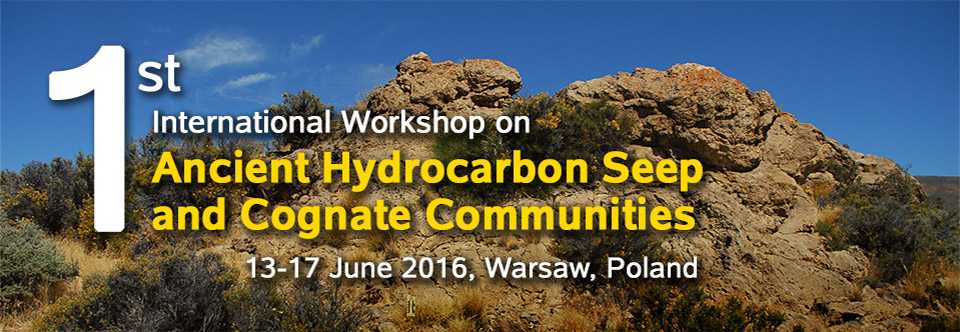
ARE STABLE ISOTOPIC SIGNATURES FOR CHEMOSYMBIOSIS PRESERVED IN SHELL-BOUND ORGANIC MATTER?
Fiona L. GILL1, Edine PAPE1, Crispin T.S. LITTLE1, and Robert J. NEWTON1
1School of Earth and Environment, University of Leeds, Leeds, UK.
Corresponding author: f.gill@leeds.ac.uk
Bivalve shells are composite biomaterials, consisting of carbonate crystals that contain and are surrounded by organic molecules. This shell-bound organic matter (SBOM) can be preserved in the geological record and its carbon, sulfur and nitrogen stable isotopic signatures may provide insights into the nutrition and ecology of extinct invertebrates (Dreier et al. 2012). For example, SBOM from hydrocarbon seep fossils could preserve evidence for ancient methanotrophic or thiotrophic chemosymbiosis. However, there remains some uncertainty about the relationship between the isotopic signatures of SBOM and those of molluscan soft tissues, shell mineral and environmental sources. Here we present data from a suite of chemosymbiotic molluscs from modern and ancient hydrocarbon seeps. Stable isotopic analysis of soft tissues, shell carbonate and intercrystalline and intracrystalline SBOM from multiple taxa and sites has allowed us to begin to unravel the complex interplay between environmental sources, chemosymbiosis and biological fractionation.
References
Dreier, A., Stannek, L., Blumenberg, M., Taviani, M., Sigovini, M., Wrede, C., Thiel, V., and Hoppert, M. 2012. The
fingerprint of chemosymbiosis: origin and preservation of isotopic biosignatures in the nonseep bivalve Loripes
lacteus compared with Venerupis aurea. FEMS Microbiol Ecol 81: 480–493.
